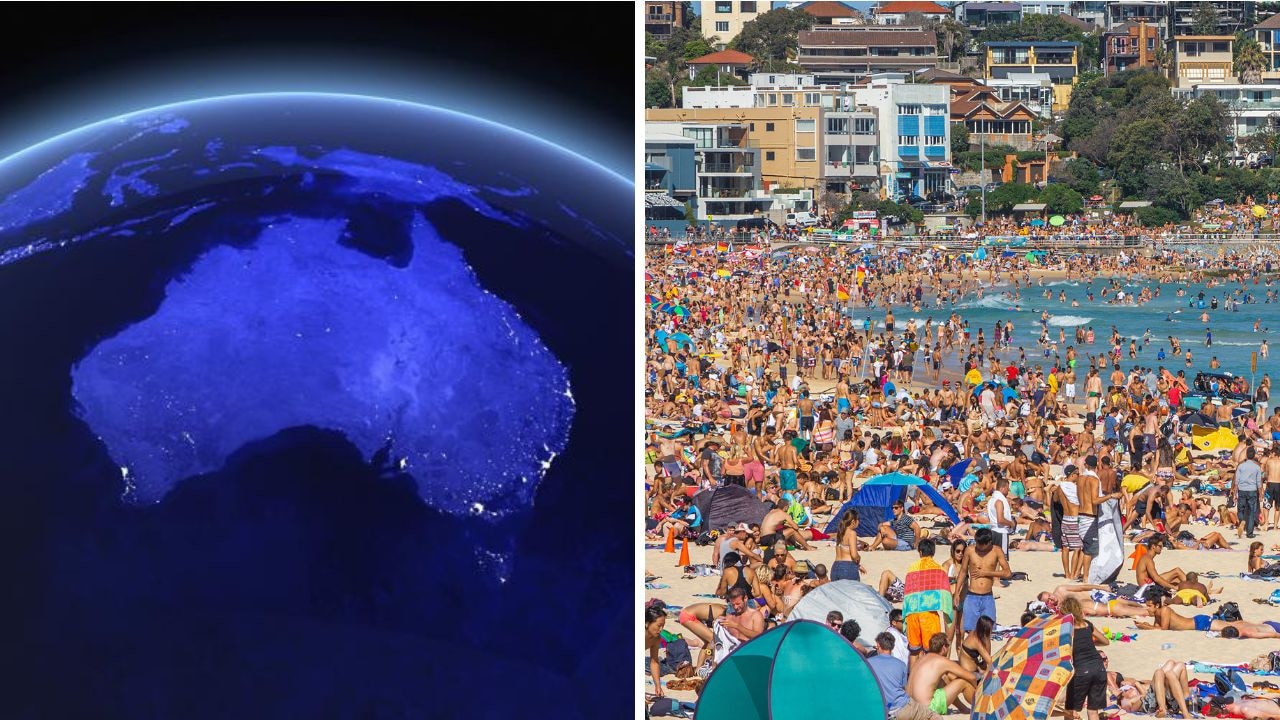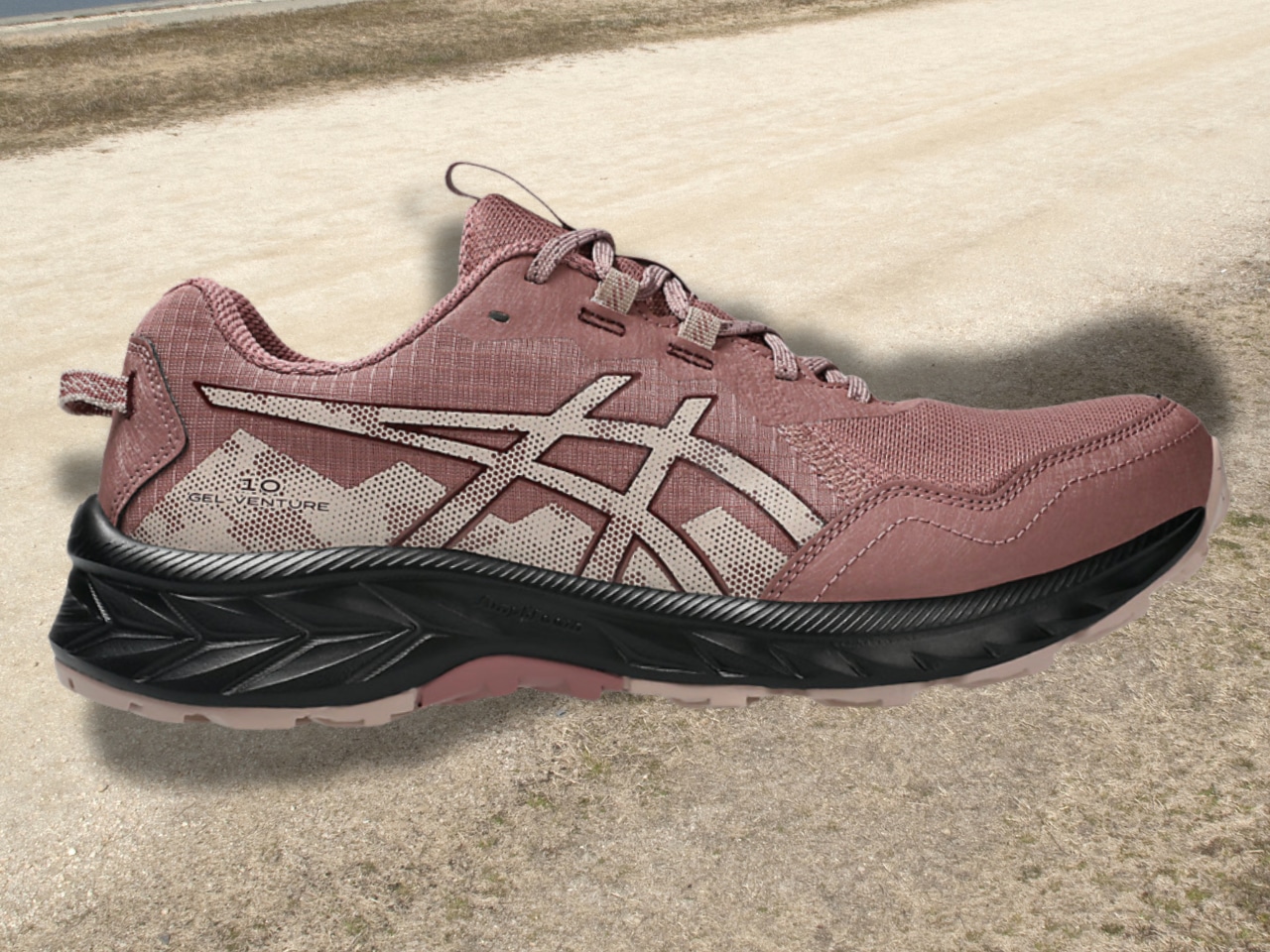Copyright news

Wi-Fi, Google Maps, black box flight recorders, the electric drill, cochlear implants are just some famous inventions that have origins in Australia. And there are plenty of young Aussies who are continuing our country’s this proud legacy of innovation, creating new products and technology aiming to help improve the lives of countless people. One young innovator is Storm Menzies, 30, who has been named a finalist in the 2025 Australian Disability Service Awards (ADSA) for Most Impactful Assistive Technology Solution. The Newcastle local is the founder of ByStorm Beauty, a business that designs adaptive makeup tools to make beauty more accessible to everyone. ‘Fix for a problem that never should have existed’ Speaking to news.com.au as part of News Australia’s Back Australia campaign, Ms Menzies first came up with the idea when she broke her dominant hand a few years ago. “I already have mild cerebral palsy so I rely pretty heavily on my left hand,” she said. “When I couldn’t use it, I suddenly realised just how inaccessible the world around me was, especially when it came to beauty. “Makeup is supposed to make you feel good, but if you physically can’t open or hold a product, you’re shut-out before you even start.” Ms Menzies cerebral palsy mostly impacts the right side of her body, particularly her hand where she doesn’t have a lot of feeling. The 30-year-old said she has been “very privileged” to live life with “minimal challenges”, except for being “quite clumsy” and typing with one hand. But breaking her dominant hand completely changed how she saw the world. She experienced how difficult it can be to do basic things, like hold a brush, twist a lid or open packaging. When Ms Menzies asked her friends with disabilities, it quickly became clear that this issue went beyond the inaccessibility of makeup and beauty, it was about a lack of representation and the impact that can have on people’s confidence. So, she decided she wanted to do something about it and began sketching ideas, taught herself how to 3D model and collaborated with other people who live with disability. Through this process, Ms Menzies developed a series of accessible beauty tools that snap onto the makeup and products people already use. MORE FROM BACK AUSTRALIA “It’s a practical fix for a design problem that never should’ve existed,” the website states. ByStorm Beauty officially launched in July of this year, and the response has been incredible. In the first 12 weeks she sold just under 2000 units, which Ms Menzies said confirmed what she already knew, that accessibility in beauty has been “ignored way too long”. “The disability community wants to spend money and my products allow brands to be more accessible without them needing to redesign their packaging or formulations,” she said. ‘This shouldn’t be the only solution in 2025’ Another young innovator looking to make a difference in the accessibility space is Year 11 Chevalier College, NSW, student Jayashruthi Palanisamy. At just 16 years old, she has designed a device that could have a significant impact on the lives of deaf and hearing-impaired people, not only across Australia, but around the world. The Echo-Glove is a wearable sign language glove that translates hand gestures to speech and converts spoken responses back into text, which is displayed on a screen attached to the glove. The goal of the device is to bridge the gap between deaf or hard of hearing individuals and those who can hear. “This idea came from texting someone who is deaf, and hearing them express how difficult it is to naturally communicate and relying on interpreters and written notes shouldn’t be the only solution in the current day and age,” Ms Palanisamy told news.com.au. What originally started as an idea for her Design and Tech major project quickly became something the student wanted to see make a real difference. She has now developed a proof of concept for the Echo-Glove, which has earned her a spot as a finalist in the Next Gen Awards in the Young Innovator of the Year category. The invention works by flex and motion sensors stitched into the fingers and back of the glove, which record the position and movement of the hand and fingers. This is matched by to corresponding sign language gestures through a trained data model that Ms Palanisamy built and refined manually. The glove then converts the signs into speech using a processing system she programmed and any spoken responses are converted back into text that is displayed on the screen. The glove also has a small camera and AI model that detects the wearer’s facial expressions, which adjusts the tone of the spoken output. “This helps make the translation sound more natural and less robotic, as I’ve found emotion to be such an important part of sign language communication,” Ms Palanisamy said. She is now working to improve the accuracy, responsiveness and comfort of the glove overall. Ms Palanisamy’s ultimate goal is to develop the Echo-Glove into a market-ready product that people can use in their daily lives. “Creating this project has been one of the best experiences of my life and has taught me more than I could have ever imagined,” she said. “I really hope my project inspires other young people to use their ideas and skills to tackle real-world problems that matter to them.” Australia now at ‘critical juncture’ with innovation There is no doubt that Australia has a rich history in innovation and, now, the country is standing at a “critical juncture” in its journey to boost the national innovation ecosystem even further. According to Australian Academy of Technological Sciences & Engineering’s Boosting Australia’s Innovation 2025 report, institutional reform, targeted investment and increased collaboration is needed to keep the sector moving forward. Australia currently ranks 22nd among the 139 economies featured in the Global Innovation Index. While Australia has a history of impactful innovations and plenty of up and coming innovators across the country, the report states a systematic approach to supporting research commercialisation is crucial. “The prominence of resource-focused exports in Australia has led to a decline in manufacturing and increased import penetration in key areas like information technology,” the report reads. “This, coupled with global counterparts’ highly competitive manufacturing position, has led to a fall in Australian deep technology-focused innovations.” The research highlighted issues such as a lack of co-ordination between innovation policies at state and federal levels as one of the issues presenting roadblocks to local innovators and resulting in many “looking overseas to commercialise their research innovations”. Fully realising Australia’s potential when it comes to global innovation will require a concerted effort and collaboration from both the private and public sectors. “Implementing long-term strategies that are combined with operational execution would create a more dynamic, collaborative and globally competitive innovation ecosystem,” the report states. “This approach will drive economic growth, advance fundamental knowledge and position the nation to address complex societal challenges through innovative solutions.” This article is part of the Back Australia series, which was supported by Australian Made Campaign, Harvey Norman, Westpac, Bunnings, Coles, TechnologyOne, REA Group, Cadbury, R.M.Williams, Qantas, Vodafone and BHP.



